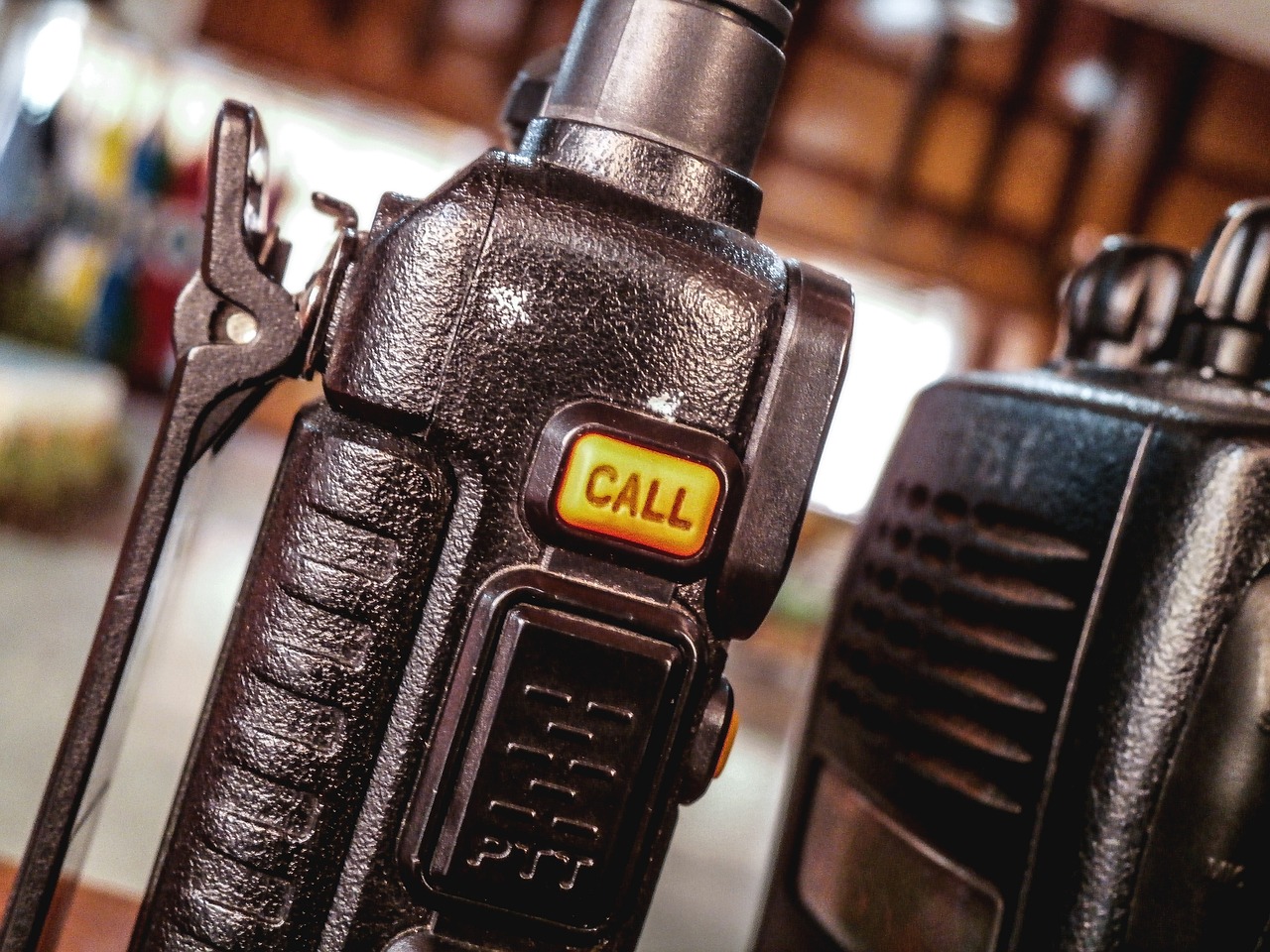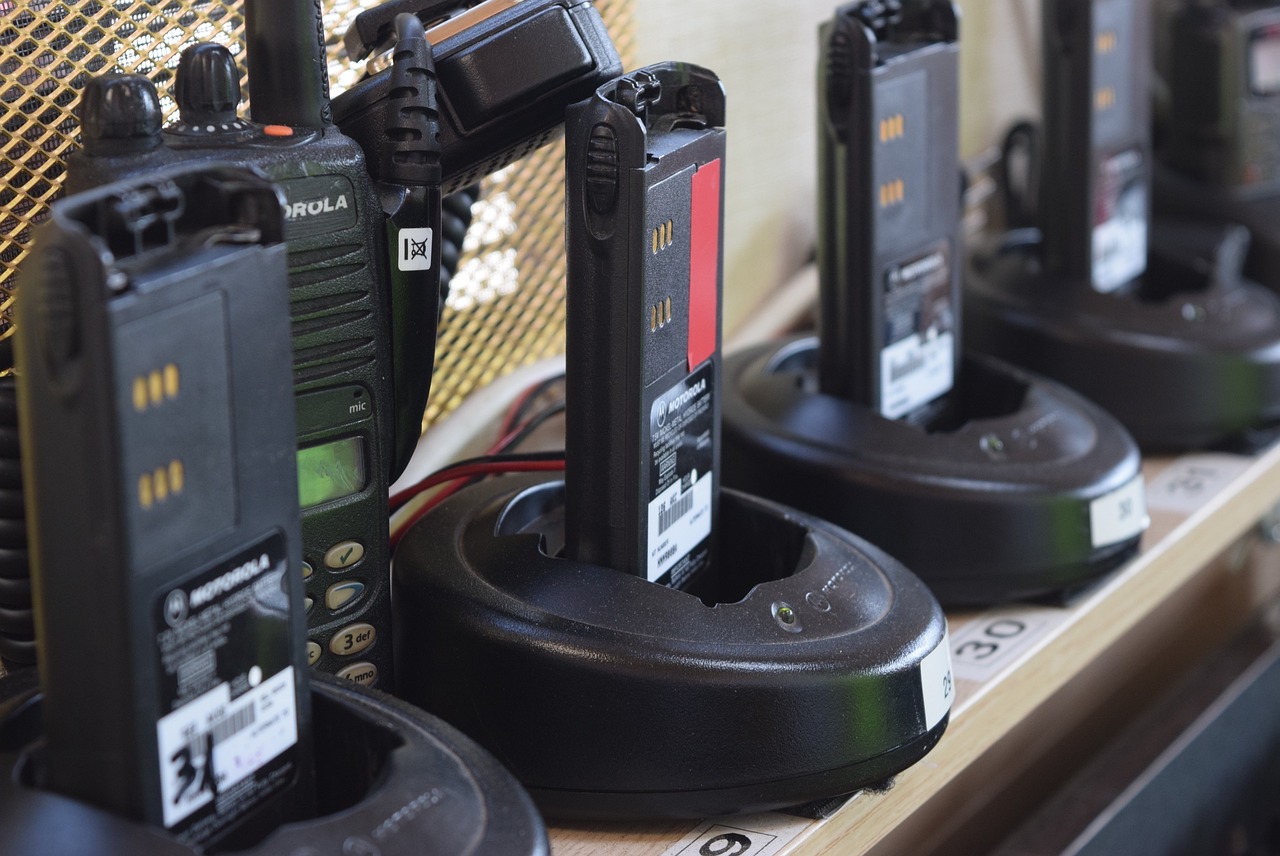Considered to be one of several spelling alphabets, the phonetic military alphabet is a set of words that are used to represent specific letters of the English alphabet during oral communications.
Spelling alphabets were developed because many letters sound similar over radio communications. For example, the letter “B” can sound quite similar to the letter “D” when speaking over a radio or even over a telephone connection. Spelling alphabets attempt to clear up this confusion by associating a word with each letter. So, the letter “B” translates to “bravo,” while the letter D translates to “delta.” As you can imagine, saying “bravo delta” instead of “B.D.” will make it far less likely that you will be misunderstood.
The phonetic military alphabet comes in handy when communicating names and spelling out proper nouns. It’s also useful for distinguishing between words that sound alike but have quite different meanings, such as “sight” and “site.” All numbers are pronounced normally, except “9” is pronounced “niner” because “nine” can sound similar to “five.”
So, without further ado, here is the phonetic military alphabet:
- A – Alpha
- B – Bravo
- C – Charlie
- D – Delta
- E – Echo
- F – Foxtrot
- G – Golf
- H – Hotel
- I – India
- J – Juliet
- K – Kilo
- L – Lima
- M – Mike
- N – November
- O – Oscar
- P – Papa
- Q – Quebec
- R – Romeo
- S – Sierra
- T – Tango
- U – Uniform
- V – Victor
- W – Whiskey
- X – X-ray
- Y – Yankee
- Z – Zulu
While the phonetic military alphabet itself is a kind of code, it is also often used to create code or slang phrases. For instance, “Oscar Mike” might be used to tell someone that you’re “on the move.” Below are a few common slang terms:
- Bravo Zulu — I appreciate that
- Charlie Mike — complete mission
- Lima Charlie — loud and clear
- November Golf — no good
- Oscar Mike — on the move
- Tango Yankee — thank you
History of Phonetic Alphabets
The use of multiple-syllable words to represent letters goes back at least as far as the Roman Empire, but the modern phonetic military alphabet has its roots in the 1920s. An early version of this alphabet was developed to help military pilots communicate with ground control. These military personnel had to deal with low-quality radio signals and a lot of interference.
Eventually, flight associations outside the military began to use spelling alphabets to avoid confusing letters that sounded similar. During World War I, the first official coded alphabet was introduced. In 1927, a similar alphabet was adopted for telegraph communications, which were very popular at the time. In World War II, all branches of the military adopted the phonetic military alphabet, and by the middle of the 20th century, all commercial airlines were using this type of alphabet.
A different spelling alphabet evolved independently in the United Kingdom. The U.S. and the U.K. used different spelling alphabets up until World War II, when joint fighting efforts compelled them to develop a single shared spelling alphabet. This spelling alphabet was used all the way to the Korean War period, and a similar alphabet was adopted as the official spelling alphabet of NATO.
Used for military communications for all member countries, the NATO phonetic alphabet uses words that are easily pronounceable by speakers of European languages, not just those who speak English.
The multilingual nature of the NATO phonetic alphabet translates into a couple of unique spellings that may look odd to English speakers. Instead of alpha, the NATO phonetic alphabet uses “alfa” to represent the letter “a.” This is because many English speakers will not recognize that the letters’ ph’ represent an “eff” sound.
Along the same lines, the word ‘Juliett’ is used to represent the letter “j” because French speakers pronounce ‘Juliet’ as having a silent “t.” Additionally, Charlie has an alternate pronunciation with the letters’ Ch’ being pronounced as “shh,” while uniform has an alternate pronunciation with the ‘u’ being pronounced as “oo.”
The NATO alphabet is now widely accepted and used in all kinds of professional industries, such as aviation and banking. Airline pilots rely on broadcasts from the Automatic Terminal Information Service for runway logistics, the latest weather, and other vital information. Each update on the broadcast is assigned a letter from the phonetic military alphabet to indicate recency.
This alphabet is also used by air traffic control for the aircraft transponder codes that are used to identify aircraft and flights. Banks and financial institutions will also use the phonetic military alphabet for security codes, confirming information with customers over the phone and large financial transactions.
Best Practices When Using the Phonetic Military Alphabet
When working over two-way radios, using the phonetic military alphabet helps to make communications more precise. It may have its origins in the military, but there’s no reason your warehouse or construction crew can’t adopt it to become better communicators. That being said, there are some best practices to follow when using the alphabet or just communicating in general over two-way radios. Consider the following best practices.
Speak Clearly and Distinctly
Although the audio quality of two-way radios has improved significantly in recent years, listening to someone talk still isn’t as clear as listening to them in person. Therefore, it’s important to speak as clearly and cleanly as possible.
An effective method for doing this is to think about the information you want to say before you begin speaking. This allows you to focus on your pronunciation and only use words that are necessary. You can also forgo pleasantries like thank you because they can muddy up the conversation.
In addition to being direct, it’s also important to avoid long pauses because someone listening may assume you have finished speaking and try to speak. Unfortunately, only one person can talk at a time, and using long pauses often leads to a frustrating interaction.
Be Mindful
Although some modern models allow for one-on-one communication, two-way radios are not meant for private conversations. If you’re talking on a channel with tens or even hundreds of listeners, you need to be mindful of what you are saying. If you are having a private conversation on a secure frequency, you need to be sure that no one else can access that frequency. If you aren’t completely positive, then save your private conversation for a face-to-face meeting.
Repeat Back Important Information
Once again, the audio quality of modern two-way radios is fairly high, but it isn’t perfect. Get in the habit of repeating very important information to avoid any possible miscommunication. It only requires a handful of seconds to repeat what you’ve heard, and doing so can save you a lot of trouble. Also, many two-way radios have a texting function that could also be used to send important information that needs to be referenced later.
Care for Your Radios
Two-way radios are built to withstand challenging conditions. However, regular abuse and neglect can significantly degrade their effectiveness. Don’t just assume that your two-way radios will always work without any attention. Regularly check your radio and its various functions before starting your workday. Make sure that each radio gets scheduled maintenance. Keep an eye out for employees who aren’t treating their two-way radio with respect, such as holding it by the antenna or leaving it out overnight.
Keep Your Radios Charged
How many times have you picked up your smartphone only to find that it’s on 10 percent battery power? Frustrating, right? It’s even more frustrating if you’ve picked up your low-power device and need it to be available for an entire workday.
Have a system in place that keeps your two-way radios charged. Keep backup batteries for emergency situations. It’s also important to make sure your employees understand your system for keeping the radios charged. Some teams give one person the responsibility of keeping the radios charged.
Consider Using Accessories
There are a number of two-way radio accessories out there that can make communication much easier. Before buying any earpieces, headsets, microphones, or other accessories, check to make sure the accessories you’re looking at are able to connect properly with your radio. If your employees are using these accessories, regularly check to make sure they’re in working condition. A malfunctioning accessory could jam up communication by inadvertently keeping the radio and transmission mode.
We Can Help You Communicate More Clearly and Effectively
At Fleet Radio, our experts are familiar with all of the best practices and products for two-way radio communications. We’re also there for our customers after the sale has been made. We can suggest using the phonetic military alphabet or other radio practices to ensure your team is getting the most out of your investment.
If you would like to learn more about how we can help you and your team communicate more efficiently, please contact us today to set up a free consultation. Our experts will be happy to assess your communications needs and recommend effective solutions.













